In 2018, Christopher Nelius, a film director, Rob Galluzzo, the founder of the production company FINCH, and the UN Development Programme launched The Lion’s Share Fund to help brands make a difference for wildlife. The idea is simple: every time a company uses an image of an animal in an advertising campaign, they donate 0.5% of their media spend to the Lion’s Share Fund. That money then goes to support conservation and animal welfare efforts worldwide.
Mars, Incorporated joined as a founding partner, and the award-winning ad agency Clemenger BBDO signed on as a creative partner. Since then, Gucci, Cartier, and The Economist Group, among others, have joined. The International Chamber of Commerce (ICC) joined in 2020.
With wildlife facing a sixth mass extinction, today’s brands and marketing professionals are finally realizing the importance of giving back to the natural world and protecting it for future generations. In 2021, choosing the right campaign visuals can help raise awareness about environmental issues and connect with consumers about the concerns that matter most. Even more than that, these visuals can be backed by concrete action on behalf of wildlife.
Wildlife photography is a popular commercial niche, so it can take some creativity to make your work stand out from the crowd. Here are our six best tips for shooting wildlife photos for your Licensing portfolio.
Before we dive in, the most important advice we can give is to practice ethical wildlife photography. That means keeping your distance from wildlife, never interfering with their habitats, and avoiding the use of bait (no feeding). It also means avoiding animal tourism attractions that exploit wild animals. Animals are not models or actors, and when you photograph them, you’re entering their space. We urge all photographers to follow the code of ethics laid out by the International League of Conservation Photographers.
Tip #1: Tap into larger themes and concepts
Research from Getty Images reveals that 81% of consumers expect companies to be environmentally aware in all their advertising and communications. When you’re photographing wildlife, you have a unique opportunity to speak to some of the most important issues of our time, from climate change to habitat loss. Do some research into your native wildlife. Consider the threats they face, and try reaching out to local conservation groups to learn what’s being done to help.
Even a beautiful photo of the wildlife in your backyard could help tell these broader stories. In the Western United States, for instance, many bird species are vulnerable to the results of climate change, including snow melts and rising temperatures. Meanwhile, a 2020 survey commissioned by the National Wildlife Federation revealed that more Americans are gardening to benefit wildlife, with one in four adults having purchased a plant because it was beneficial to birds, bees, or butterflies. As we become more aware of the impact of our activities on wild animals, we’ll continue to see interest in photos that illustrate topics like climate change and sustainable solutions.
Tip #2: Find moments of connection
Whether you’re photographing animals of the same species, animals of different species, or relationships between humans and animals, capturing interactions can also help tell a larger story. Of course, this does not mean approaching wild animals or asking a model to do so! Instead, it means looking for ways to document real-life interactions between animals as they unfold naturally in the wild. You can use a telephoto lens to capture these moments from a distance. Be patient, and stay ready so you don’t miss your chance when it happens.
If you’re interested in photographing the human/animal relationship, you can document conservationists in the field or even hobbyists bird-watching in the park. You could also get in touch with a licensed wildlife rehabilitator in your area. These people are trained to care for injured and orphaned animals, from squirrels to birds, and release them back into the wild when they’re ready. If you find someone doing good work for local wildlife, ask if they’d be open to collaborating. Photos of animal rescue and advocacy can help inspire hope for a better world, even at a time when wildlife faces dire threats.
Tip #3: Get low
In 2014, the World Wildlife Fund launched the #LastSelfie campaign on Snapchat, showing the faces of our planet’s most endangered species before their photos disappeared, much like the animals themselves will if we continue to disregard the threats facing wildlife. Snapchat users were encouraged to share, adopt an animal, or donate to raise awareness and help secure a future for wildlife. The “selfies” were shared widely, reaching millions and millions of people. If you look at the photos themselves, you’ll notice that they’re all about the eyes.
While it’s easy to photograph from above (or below, if the animal is in a tree), working at eye level with the animal helps establish that sense of connection between the subject and the viewer. Bend down on your knees or go flat on your belly, and get creative while framing your shot. Move slowly and quietly while you’re doing this so as not to disturb the animal.
Tip #4: Include copy space
While zoomed-in portraits can help spark emotion and establish a connection, image buyers often want to either crop photos themselves or add their own copy/messaging on top of them. For that reason, you want to include plenty of negative space around your subject for them to use, whether it’s an expanse of sky or a blurred-out landscape.
Experiment with including copy space around your subject: to the left and right, above or below. Also, keep an eye out for distracting elements in the background that might compete with the focus of your image; you want all the attention to be on the animal. A spacious and clean background is easy for buyers to use and adapt to their purposes.
The idea of a blurred-out landscape takes us to our next tip…
Tip #5: Adjust your aperture
Opening your lens will create a shallow depth of field, so everything aside from your subject (the animal) will be thrown out of focus. This approach is a great way to separate the animal from the background, and the blurry, out-of-focus areas can deliver attractive bokeh and serve as copy space for buyers. Of course, that doesn’t mean you always have to shoot wide-open. If the surrounding landscape brings context to your photo and enhances the narrative, for instance, you can stop down to keep it in crystal clear focus.
Tip #6: Apply accurate descriptions and keywords
Metadata is essential for all commercial images, and wildlife photography is no exception. Depending on the subject, for instance, you might add terms relating to the threats facing the species you photographed (e.g., climate change, deforestation, marine pollution), or you might include keywords relating to conservation and sustainability, especially if you worked alongside a rehabilitator or conservation group. These kinds of topics and terms are regularly searched by buyers, so incorporating them can help your photos surface.
Of course, it’s also important to add specific keywords relating to the location and habitat, so include the country, state/province, and town/city/locality. Buyers might want to illustrate and celebrate the wildlife native to their communities, rather than halfway around the world, so make it easy for them to find them when they search. Finally, include information relating to the species, class, and family of the animal. Include broader terms as well as highly specific ones.
From brands to marketers, advertising professionals across the board will continue to look for ways to practice sustainability and support the environment in the coming years, and photographers can do the same. For that reason, we hope you’ll consider giving back with your work. That could mean donating your photos to a conservation or animal welfare organization. Or maybe you decide to donate a small percentage of the income you generate from your photos featuring animals back into conservation efforts. By practicing ethical photography and showcasing the beauty of the nature that surrounds us, we can all help spark change.
Not on 500px yet? Click here to learn about Licensing with 500px.


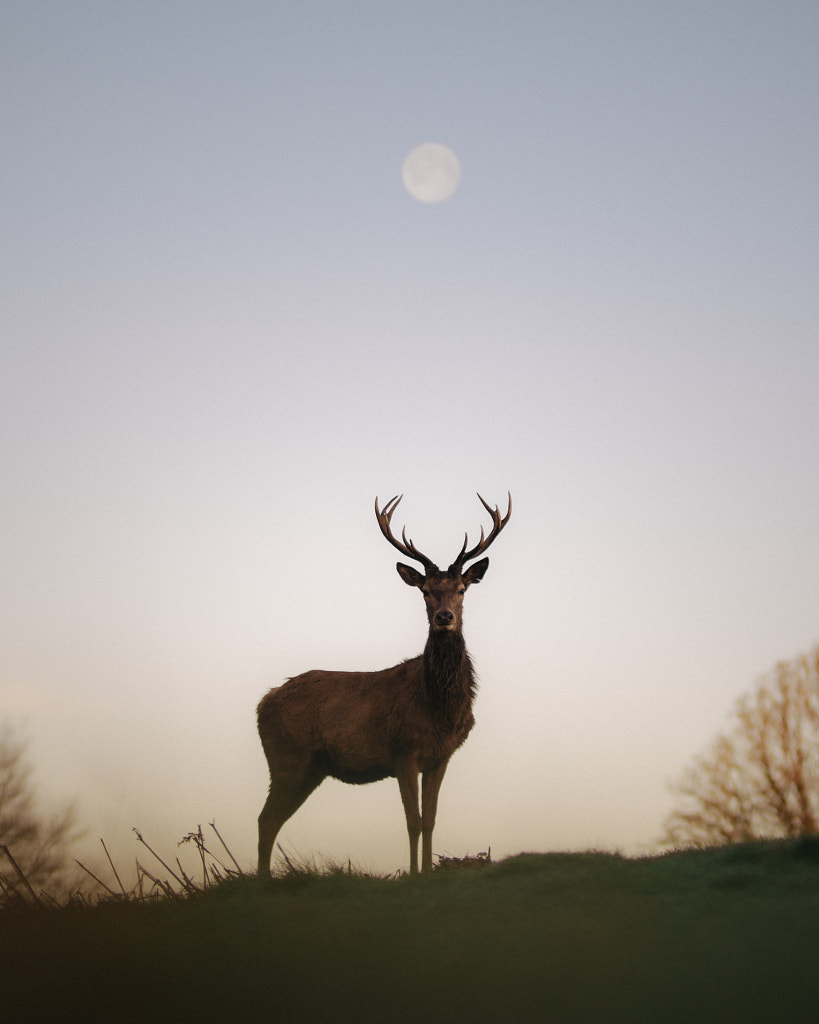
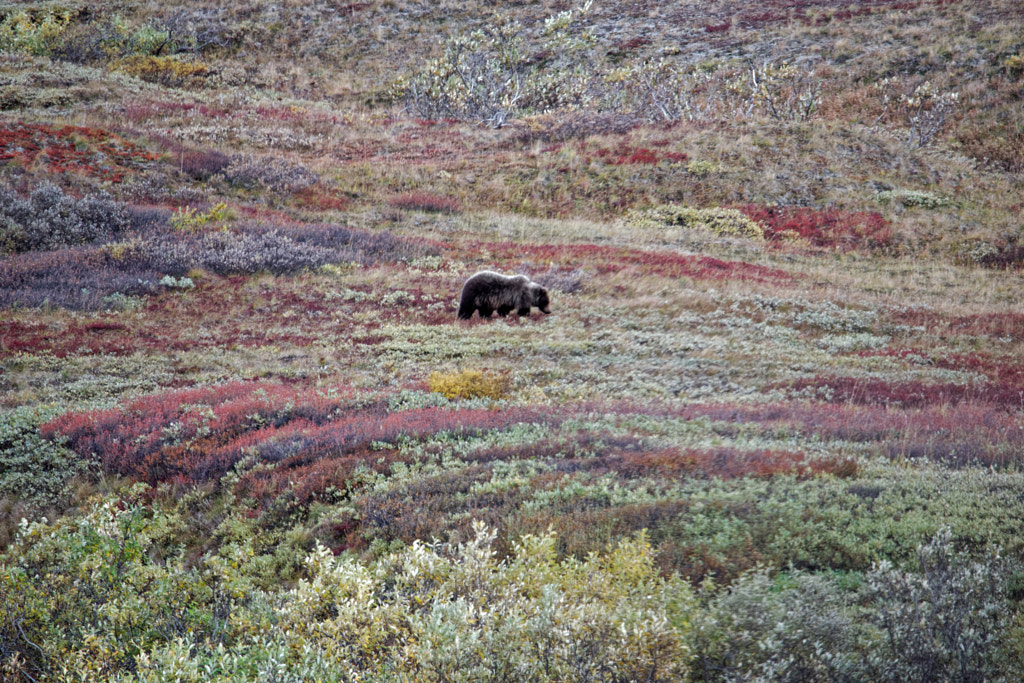
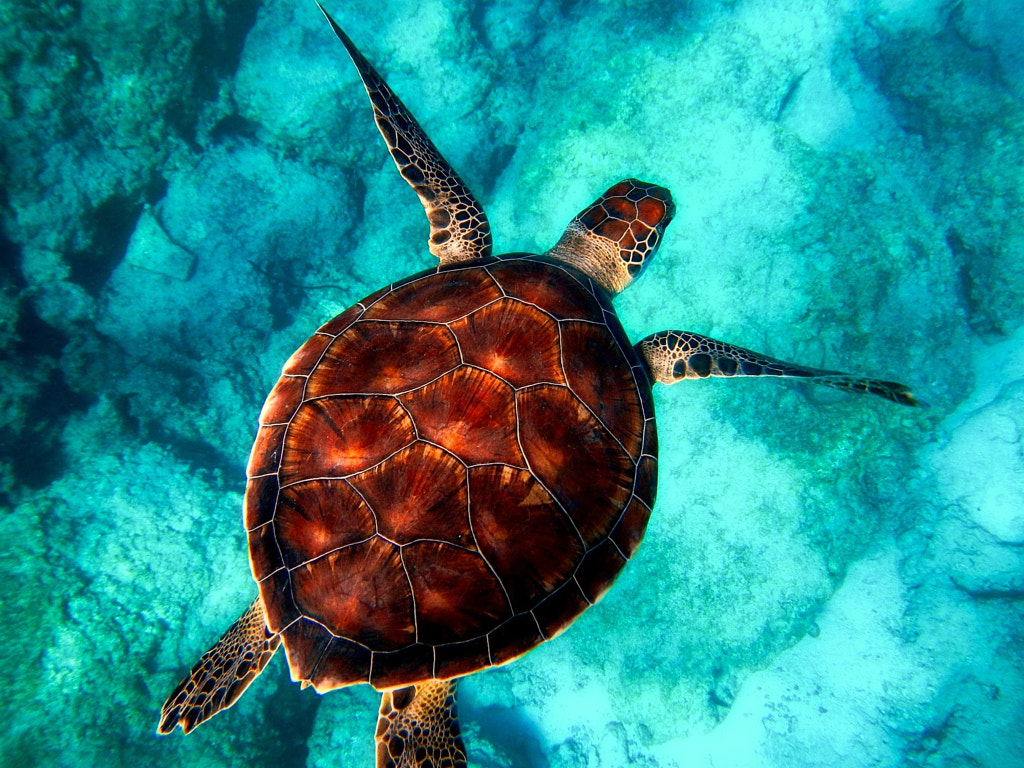
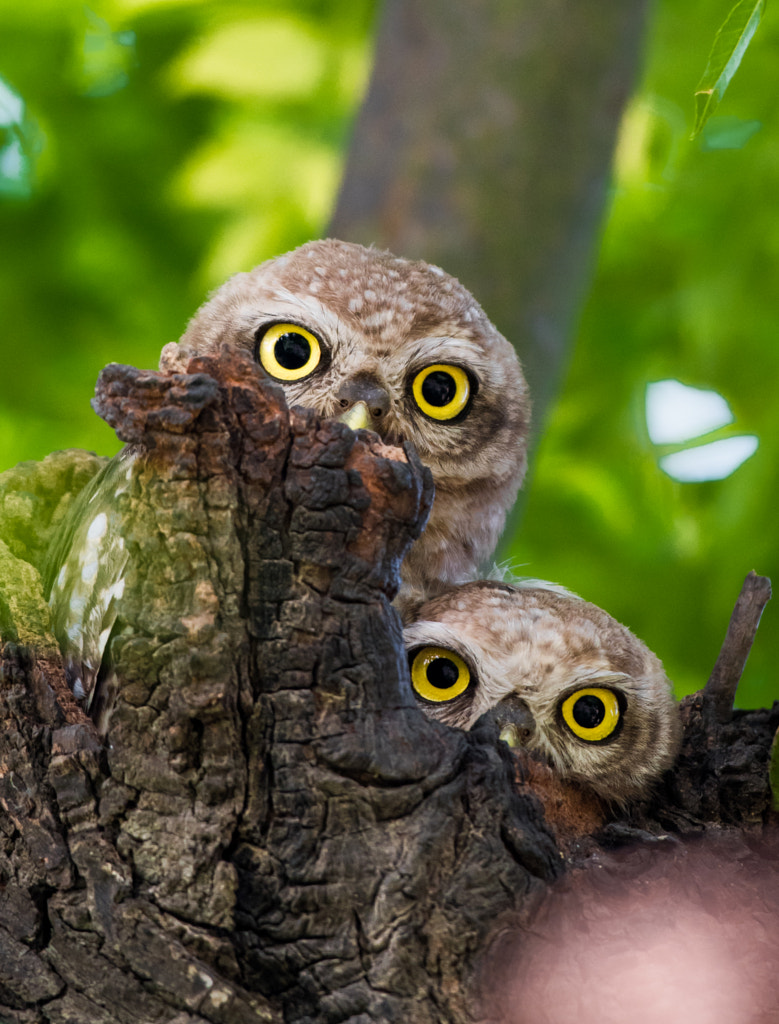
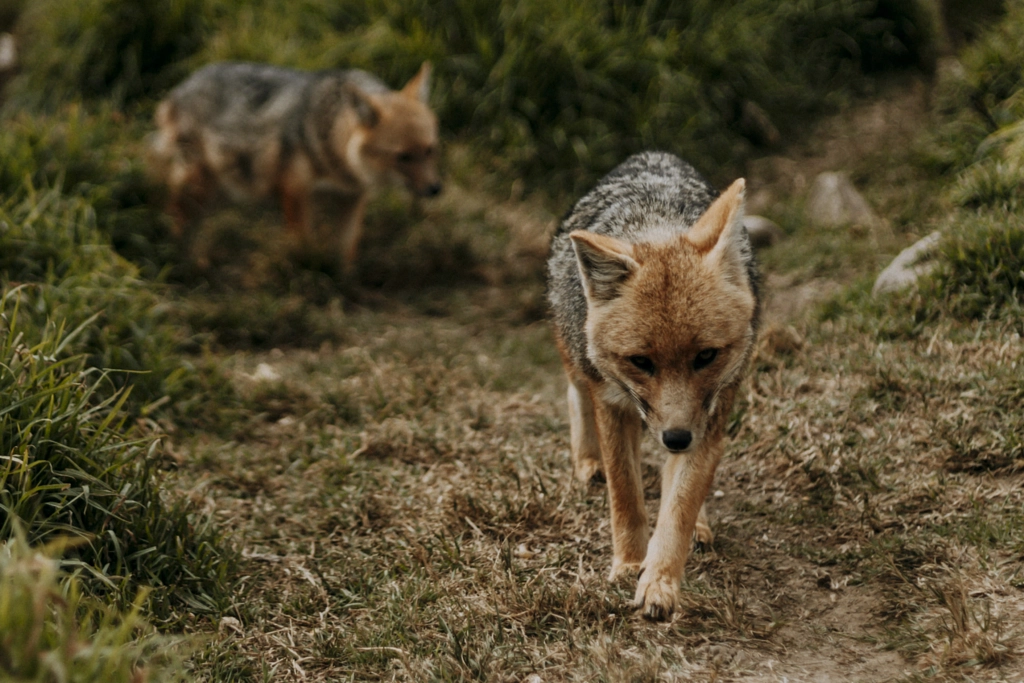
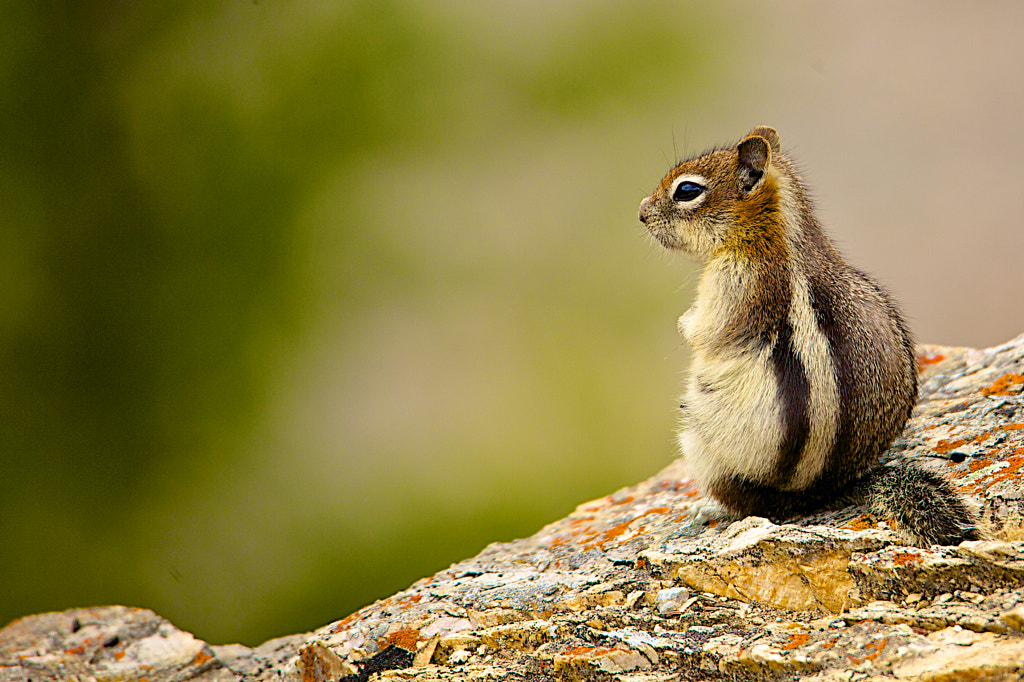

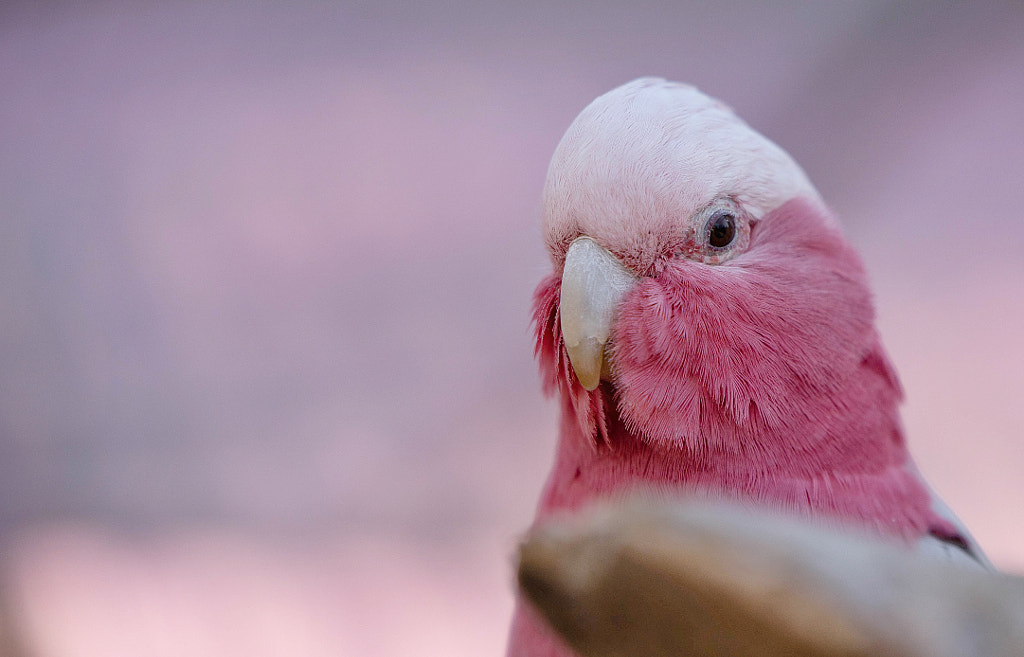
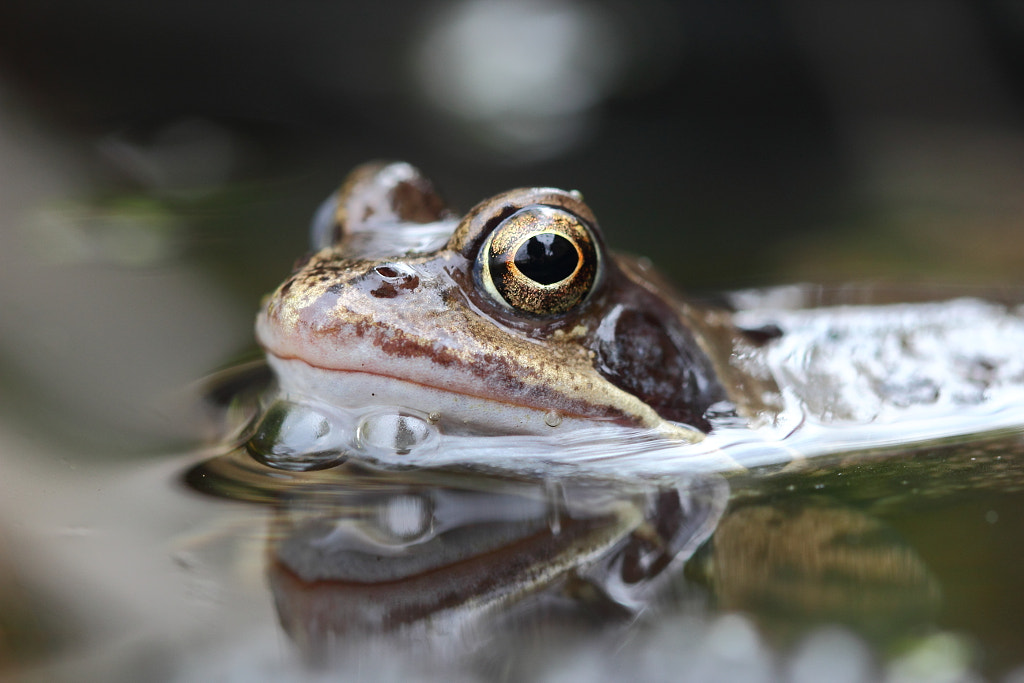

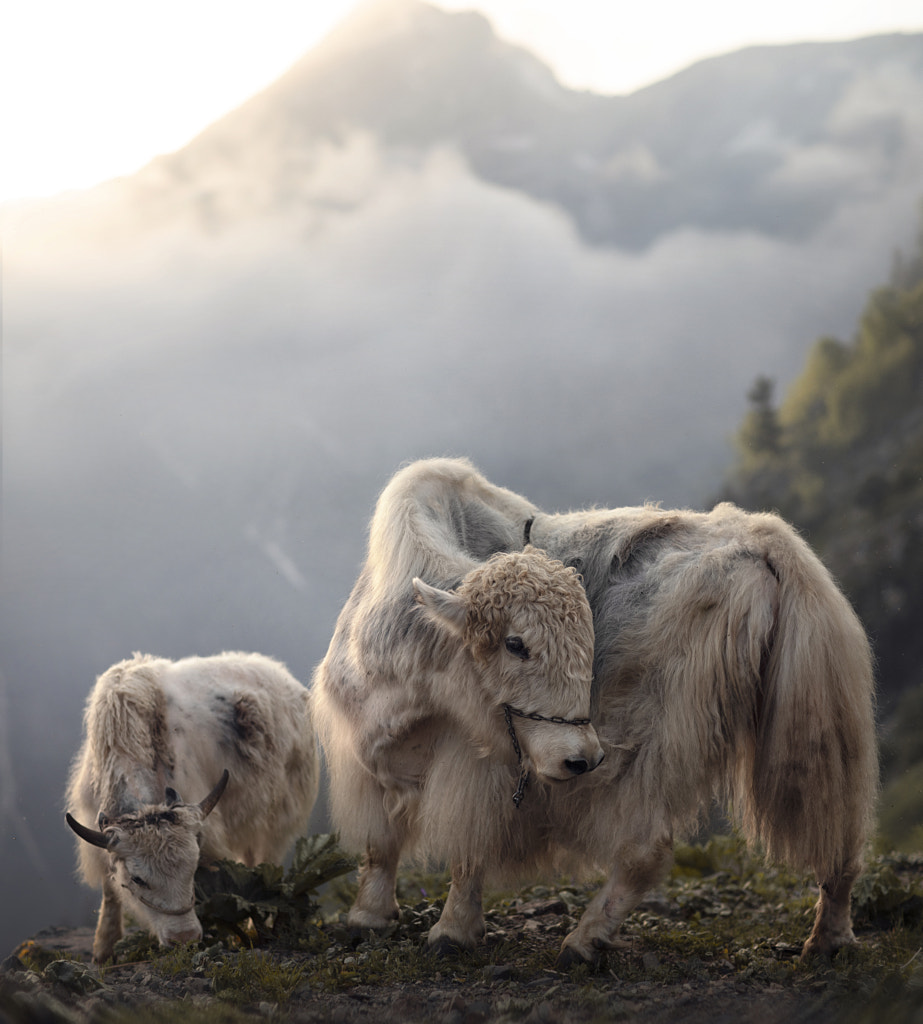



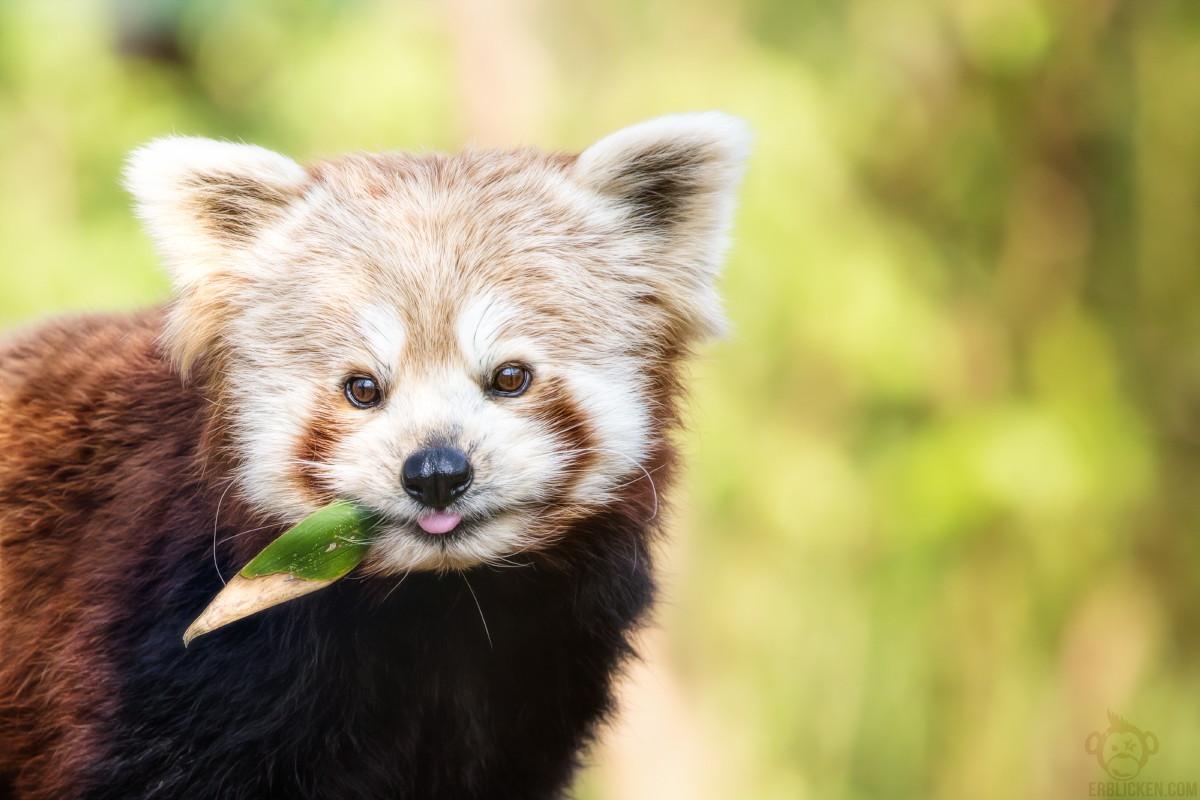
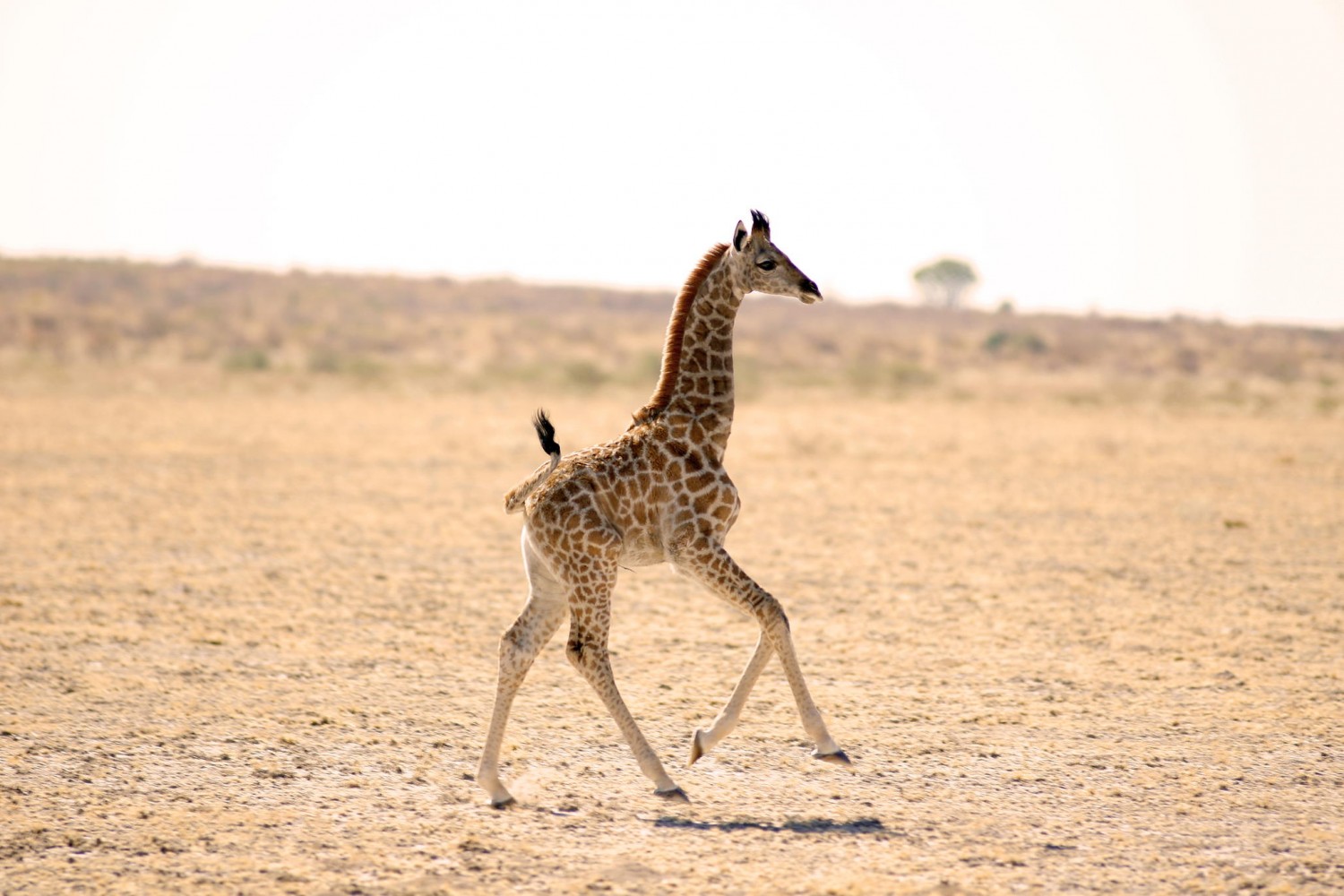
Leave a reply